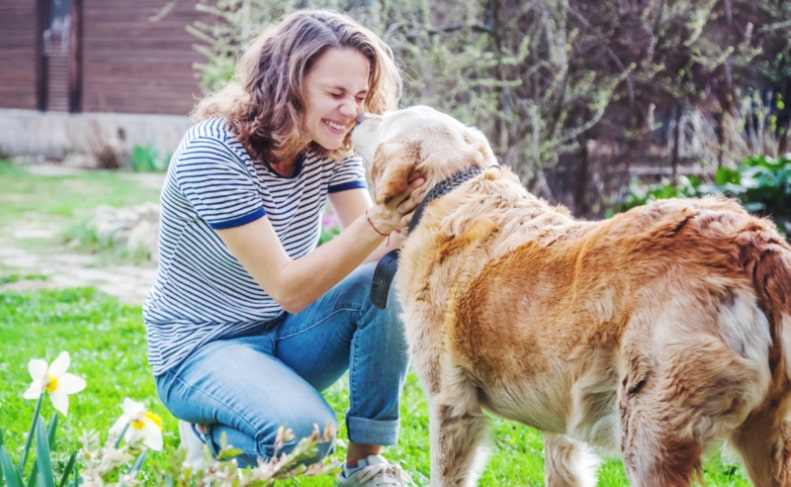Hip dysplasia in Dogs: Causes, Symptoms & Treatment
In the world of our canine companions, there exists a hidden menace known as Hip Dysplasia—a condition that stealthily takes root at birth, reshaping the very core of a dog's hip joint. In the intricate dance of bone and socket, where the sturdy thigh bone should fit snugly into the pelvic embrace, Hip Dysplasia introduces chaos. The once harmonious union becomes a discordant struggle, as uneven surfaces within the joint wage a relentless war on the protective cartilage.
This affliction is especially prevalent among our larger four-legged friends, the elder statesmen of the canine world. It's a degenerative condition, a sinister presence that creeps into their lives, threatening their well-being.
In the heart of this condition lies a mystery that science has recently begun to unravel. Once, it was thought to be solely the work of genetics, a dance of misbehaving genes causing chaos within the hip joint. But now, the spotlight shines on environmental factors, whispering their role in the development and severity of Hip Dysplasia.
A recent revelation emerged from the shadows—a study suggesting that the timing of neutering can alter a dog's destiny. Neutering too early, before full maturity, or as a puppy, doubles the odds of Hip Dysplasia's cold grip. The shadows also revealed another ally to this malevolent condition: excess weight. Overweight dogs bear a heavier burden of Hip Dysplasia's wrath, as do those who experience early-life injuries to their hip joints.
But how does one uncover this clandestine enemy within their loyal companion? Hip Dysplasia is a master of disguise, often making its presence known through the silent language of persistent hip joint pain. Osteoarthritis, the result of the joint's misalignment, tears at the very fabric of comfort. Dogs, resilient creatures, adapt to chronic pain with stoic resolve, concealing their suffering behind a veil of normalcy.
How do I know if my dog has Hip Dysplasia?
As the relentless march of time continues, the damage to the hip joint intensifies, like a storm gathering strength. And yet, it is not without signs, subtle but telling:
- The struggle to rise from rest.
- The stiffness that clings to their hind legs.
- A limping gait, a reluctance to engage in play.
- A temperament marred by irritability.
- Stairs and heights become forbidden territory.
- Standing on two legs, an act of defiance.
- A gait that defies the ordinary.
To unmask this shadowy foe, the expertise of a veterinarian is essential. With the X-ray's illumination, the truth emerges, and the damaged terrain of the hip joint becomes starkly visible. A comparison to standardized classifications for Hip Dysplasia completes the diagnosis.
Yet, Hip Dysplasia remains a nemesis without a cure, a congenital specter that refuses to yield. For veterinarians and dog owners alike, the quest shifts to preserving the dog's quality of life for as long as possible. The Orthopedic Foundation for Animals (OFA) champions two pillars of care: weight management and exercise.
Weight management becomes the cornerstone, as excess pounds place undue stress upon beleaguered hip joints, hastening the relentless advance of osteoarthritis. But it's a fine line to tread; too much exercise can harm fragile joints, tarnishing the overall quality of life.
The OFA offers a glimmer of hope in the form of "disease-modifying osteoarthritis agents" (DMOA), substances that can bolster the production of glycosaminoglycan and hyaluronate, two precious molecules scarce in the afflicted hip joints of dogs with Hip Dysplasia.
Chondroitin, a familiar name in the realm of osteoarthritis treatment, emerges as a beacon, offering solace to those who seek to ease their loyal companion's pain. In this delicate dance of care and hope, the battle against Hip Dysplasia wages on, an unwavering testament to the bond between humans and their canine companions.

